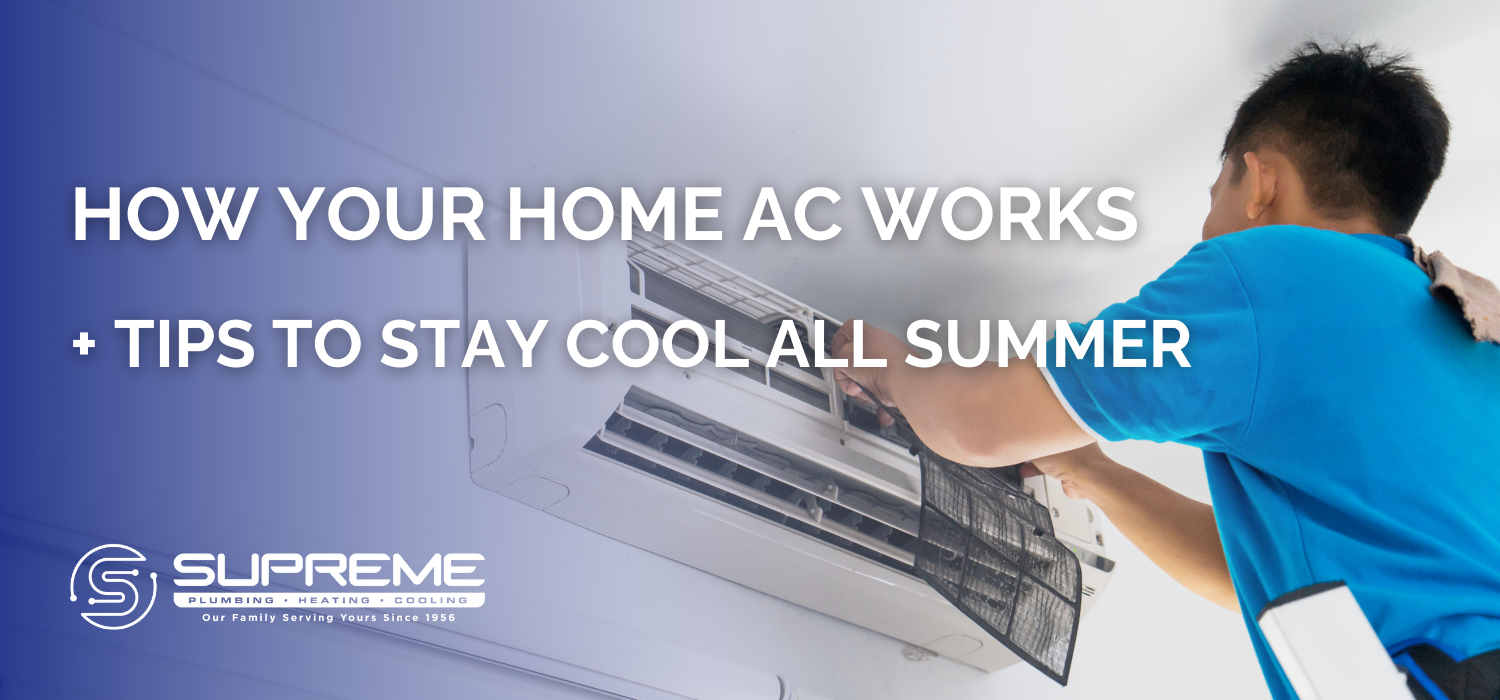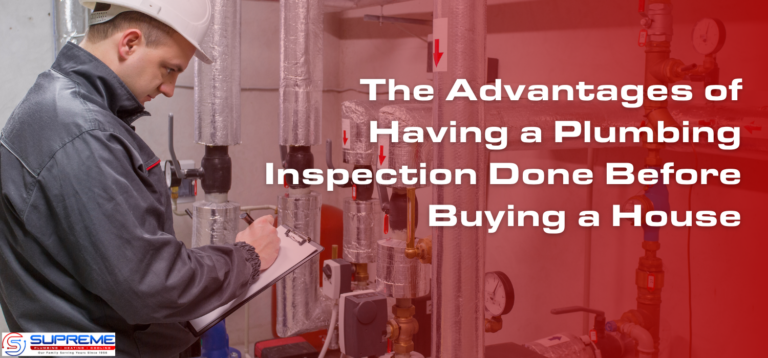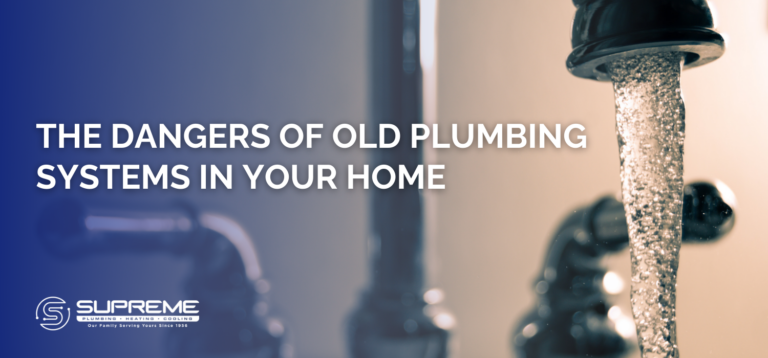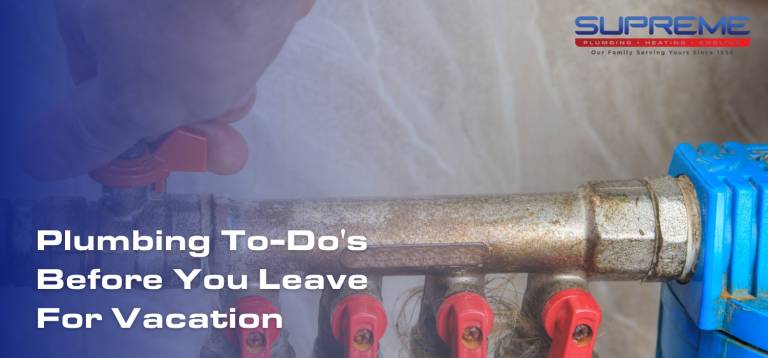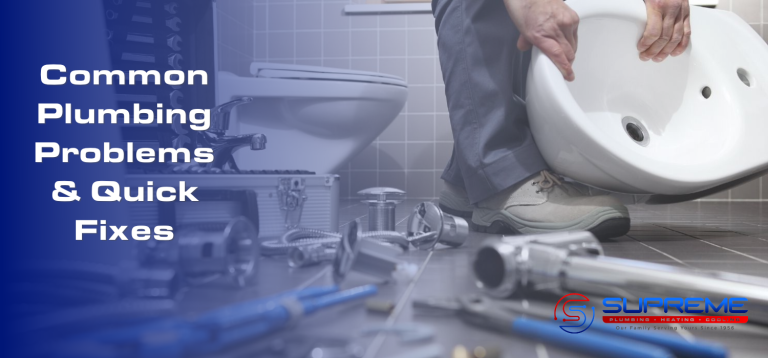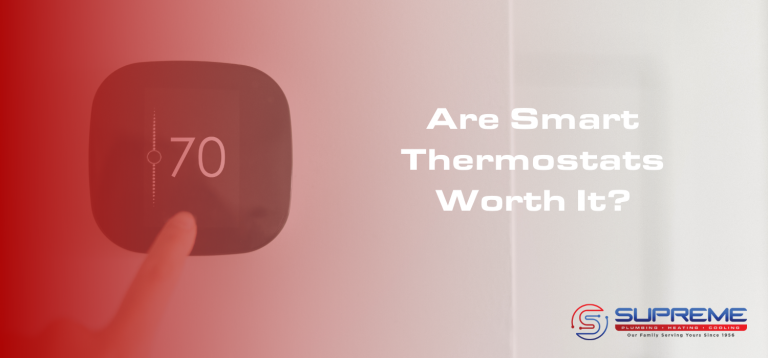When your home’s air conditioning isn’t keeping up with the heat, it’s easy to assume the worst: do I need a whole new system?
But sometimes it’s just a minor repair or a dirty filter slowing things down. Before you panic, let’s break down how your AC works, what can go wrong, and what you can do to stay cool (without cranking the thermostat).
Key Parts of Your AC System
To understand how your air conditioning cools your home, it helps to know what’s going on behind the scenes. Most central AC systems include:
- Outdoor Unit: This includes the compressor, condenser coil, fan, and some essential electrical components.
- Indoor Unit: Usually paired with your furnace, this contains the evaporator coil and blower fan.
- Refrigeration Lines: These connect the two units and move the refrigerant through the system.
- Refrigerant: A chemical compound that absorbs and releases heat to cool the air.
- Ductwork: Moves air throughout your home.
- Thermostat: Your control center for setting the temperature.
How Does Air Conditioning Work?
It’s a cycle, and it goes like this:
- Warm air from your home is pulled in through return ducts.
- That air passes over the evaporator coil, where refrigerant absorbs the heat, turning from a liquid into a gas.
- The cooled air is blown back into your home through the supply vents.
- Meanwhile, the refrigerant gas heads to the outdoor unit, where the compressor turns it back into a liquid and releases the heat outside.
- Then it does it all over again. On repeat. Until your home hits the temperature you set.
Did you know it’s important that your AC is correctly sized for your space? An oversized unit can actually be inefficient and leave your space feeling damp and uncomfortable. If you have questions, we're here to help you find the perfect fit!
Common AC Issues and What They Might Mean
If your home still feels like a sauna even though the AC is running, there could be a few culprits:
- Dirty Air Filters: A clogged filter makes it harder for your system to breathe and cool effectively
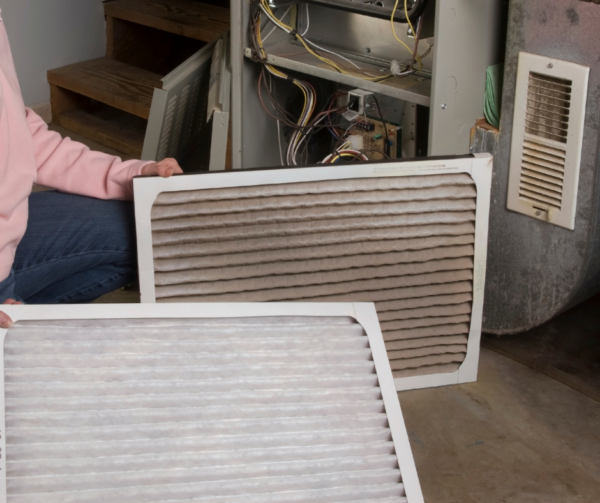
- Low Refrigerant: If you’re low on refrigerant, your system can’t absorb heat the way it should.
- Frozen Evaporator Coil: Often caused by restricted airflow (again, check that filter!).
- Electrical Issues: Faulty components can cause short cycling or full system shutdowns.
- Thermostat Problems: Sometimes it’s not your AC, it’s the thermostat!
How to Keep Your Home Cool - Without Overworking the AC
AC is a summer lifesaver, but it’s not the only way to keep your home cool.
- Close blinds or curtains during the day to block out heat from the sun.
- Open windows at night when it’s cooler (if outdoor temps allow).
- Use ceiling fans to circulate air (run them counter-clockwise in summer).
- Seal air leaks around windows and doors to keep cool air in.
- Change your air filters regularly, every 1 to 3 months depending on usage.
- Plant shade trees near sunny windows or the outdoor AC unit to naturally reduce temps.
- Avoid using ovens or dryers during the hottest parts of the day.
Don’t Sweat It, Call Supreme PHC
Whether your AC needs a quick fix, a tune-up, or a full-on rescue mission, our HVAC pros are here to help. We’ll walk you through what’s really going on and recommend what makes the most sense for your home.

